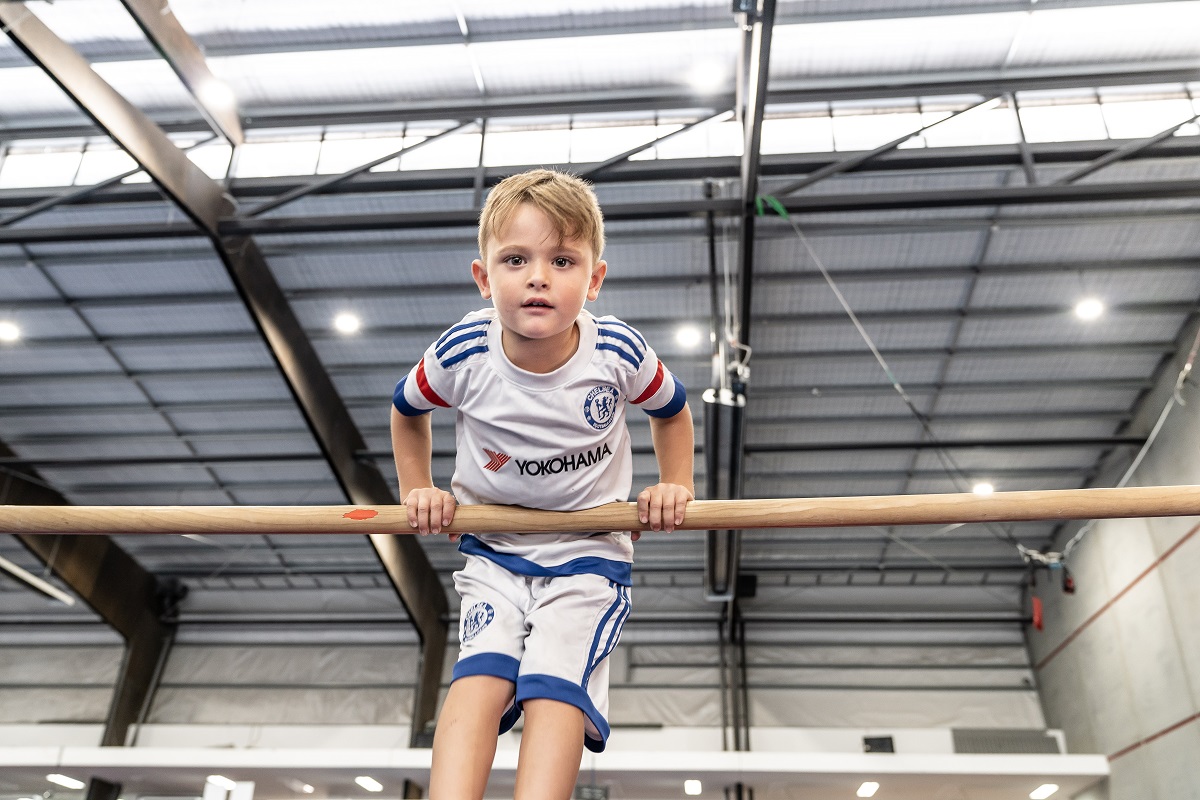What is Physical Literacy?
Physical Literacy
Physical literacy involves holistic lifelong learning through movement and physical activity. It delivers physical, psychological, social and cognitive health and wellbeing benefits.
Sport Australia has identified the physical, psychological, social and cognitive skills people can work on to develop their physical literacy. https://www.sportaus.gov.au/physical_literacy/domains

Physical domain
Our learn to gym programs provide the perfect foundation for the development of movement skills, body control and the application of skills in different situations and environments.
There are many physical skills children will explore, establish, acquire, and consolidate in our programs. One example is stability and balance which is a skill which is important in gymnastics and is transferred to many physical activities such as bike riding, skating and surfing.
Initially children in our programs learn to statically balance in different shapes and using different body parts such as standing on one leg or V-sit. Then they start exploring balance whist moving, for example walking along a beam. As they body control and stability improve, body balances with different body parts such as handstand are developed. Eventually these skills may lead to perform complex balances such as a handstand on the beam, or P-bars.
